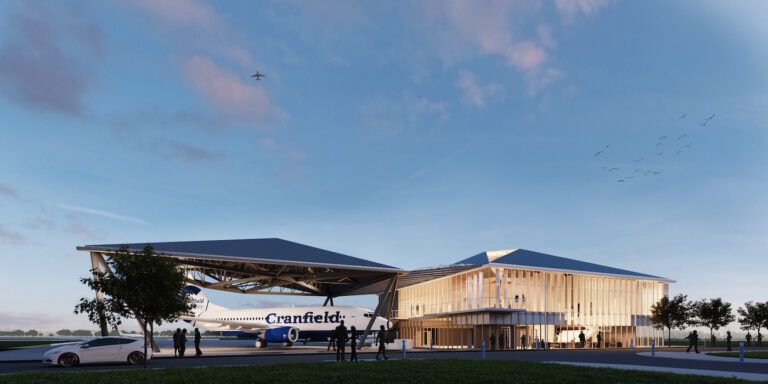Following comments made by the Matt Hancock, the UK’s Secretary of State for Health, that it is ‘unlikely that big, lavish international holidays are going to be possible for this summer‘, I should outline how technology could enable the airline industry to start operating again.
Various short-term solutions have been proposed to include social-distancing for air travel, including leaving the middle seats free on aircraft or enforcing distancing measures in airport queueing areas.
However, given that airlines rely heavily on filling their aircraft to remain profitable under ‘normal’ conditions, it is hard to see how airlines could sustain their operations when flying at a maximum of 66% capacity, or even whether such an approach would have the desired effect.
It is of course equally important that steps are taken to help protect cabin crew, security and other staff members. It would seem likely that the use of personal protective equipment (PPE) for staff will become commonplace, as will the widespread adoption of facemasks for both passengers and staff.
In the medium to longer-term, alternative solutions will be needed. While technology should rarely be viewed as some sort of ‘silver bullet’, it is likely to play a key role here.
Even before this crisis took hold, we were working in the Digital Aviation Research and Technology Centre (DARTeC) to develop future aircraft cabin design concepts that sought to minimise the spread of infectious diseases. These concepts include implementation of touchless surfaces to avoid indirect contamination, sanitising surfaces with UV light, or even using ultrasensitive chemical detectors to identify the presence of pathogens and unwanted particles in the air.
Technology may also have a key role to play as part of the airport experience, where biometric, camera, and computer vision technologies could combine to track passengers though the airport. This could be valuable both in a real-time decision-making context, but also for determining in retrospect who an infected passenger may have come into contact with on their journey.
There are likely to be many other areas where technology will have a role to play in shaping the post-Covid-19 passenger experience. As ever, success will depend largely on the ability of the various operators, service providers, governments and regulators, to work collectively in a coordinated effort towards a common goal. If nothing else, past shocks to the system have shown air transport to be an extremely resourceful and resilient industry. It is likely that all of these qualities, and more, will be required again if aviation is to bounce back from this current crisis.
About the author:
Dr Thomas Budd is a lecturer at the Centre for Air Transport Management at Cranfield University in the UK. The university’s Digital Aviation Research Technology Centre (DARTeC) is due to open in early 2021. Co-investment support for DARTeC is being provided through a consortium of leading aerospace and aviation companies, including Aveillant, Boxarr, the IVHM Centre, Saab and Thales – as well as Research England and Cranfield University. Since its launch the DARTeC consortium has grown to include additional organisations, namely Blue Bear Systems Research, the Connected Places Catapult, IATA and the Satellite Applications Catapult.





